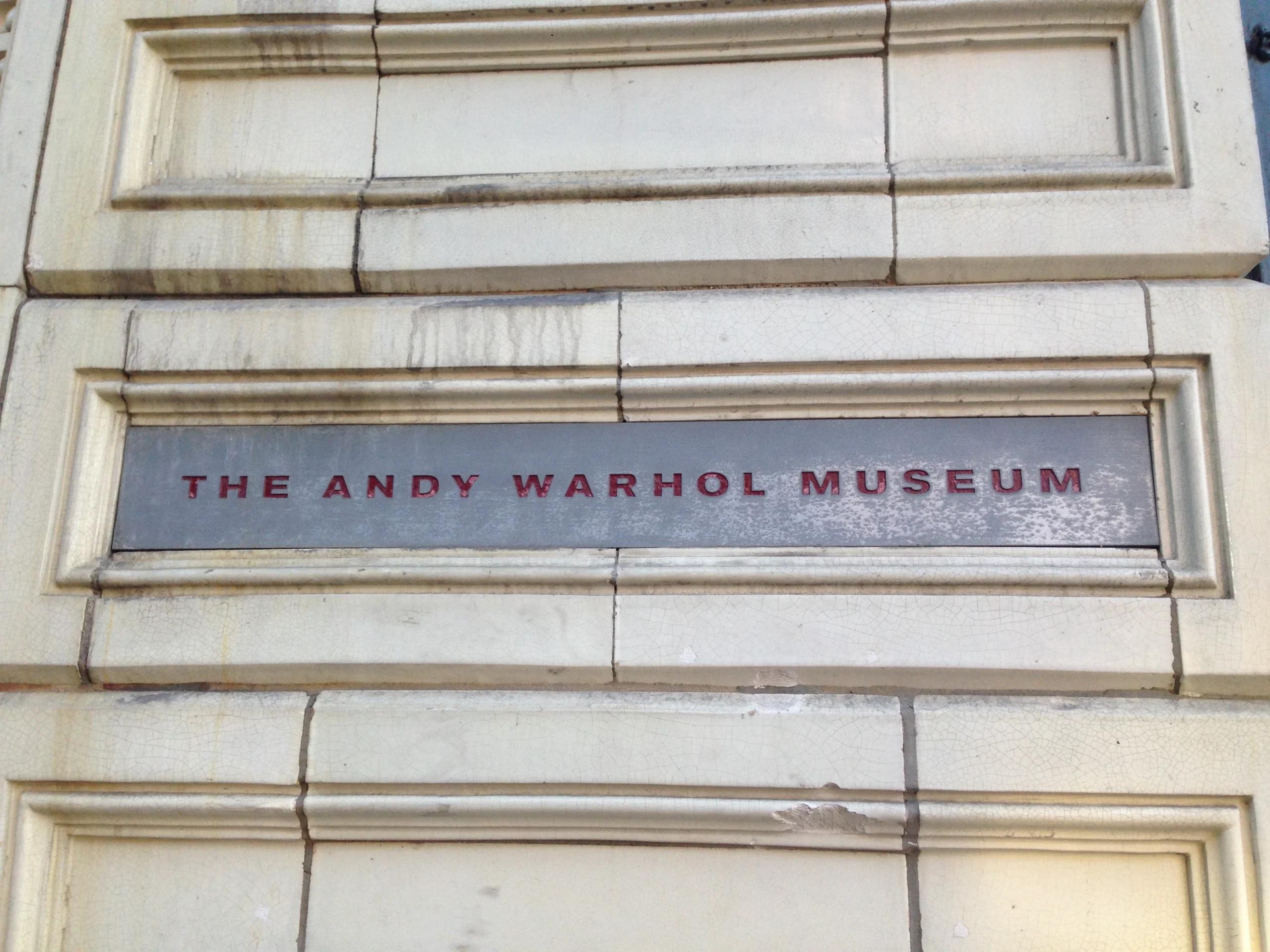The Andy Warhol Foundation for the Visual Arts has filed a lawsuit against photographer Lynn Goldsmith, following Goldsmith’s warnings that she would sue over alleged copying of a photo she took of musician Prince.
In 1984, Warhol, who was known as one of the foremost artists in the pop art movement of the 50s and 60s, created a series of portraits of Prince, drawing inspiration from Goldsmith’s 1981 photo. Warhol’s portrait was eventually published in Vanity Fair. According to the complaint, which was filed in the United States District Court for the Southern District of New York on April 7th, Goldsmith contacted the Warhol Foundation in July 2016, and complained for the first time that the Prince series was a violation of her copyright.
You may be wondering: if the Foundation hasn’t actually been sued, and it’s not the one making the accusation about copyright infringement, why did it decide to go to court?
The Warhol Foundation is seeking a declaratory judgment, a binding court judgment determining the rights of the parties and doesn’t require the parties to act or get any damages. The Foundation would like a declaration from the court on four causes of action: 1) that the Warhol series is not infringement; 2) that the Warhol series is fair use; 3) that the statute of limitations bars a copyright infringement suit from Goldsmith; and 4) that any copyright claims are barred by laches (unreasonable delay).
The Foundation makes several arguments. It first argues that although Warhol’s work was inspired by photographic images of celebrities, “his unique method of portraiture invariably altered the visual aesthetic of the original photographic images, as well as the meaning conveyed to the viewer.” The Foundation asserts that Warhol’s Prince series was “transformative”; it changed the meaning of Goldsmith’s photo. The complaint outlines the various differences between the photo and the portraits, including artistic methods Warhol used to create the series, his signature focus on the faces of celebrities (the original photo was a half-length of Prince’s body), and the use of bright and neon colors that make the works “pop art.”

Where creative minds come together
The Foundation further argues that the Prince series did not take over the market for Prince photos. “Defendants’ business does not involve developing, or licensing others to develop for them, works resembling the Prince Series, except for Defendants’ assertion that the Prince Publicity Photograph resembles the Prince Series,” the Foundation states in the complaint. The Warhol Foundation further argues that the works do not target the same audiences, art collectors, or commercial markets.
Next, the Foundation says that Goldsmith knew or should have known about the Prince series for the past 30 years. The copy of Vanity Fair featuring the Prince series was widely circulated in 1984, and Goldsmith licensed use of her photo to Vanity Fair in 1984. The Foundation adds that the Prince series has been displayed in museums, books and exhibits worldwide. The portraits have also been sold at auctions. The Foundation points out that Goldsmith was aware that the Prince series was likely fair use, due to Facebook postings she made on the issue.
Alongside the declarative judgment, the Foundation is seeking an award of the cost of the lawsuit and attorneys’ fees.
For more information on this suit and fair use, please contact The Fried Firm.



